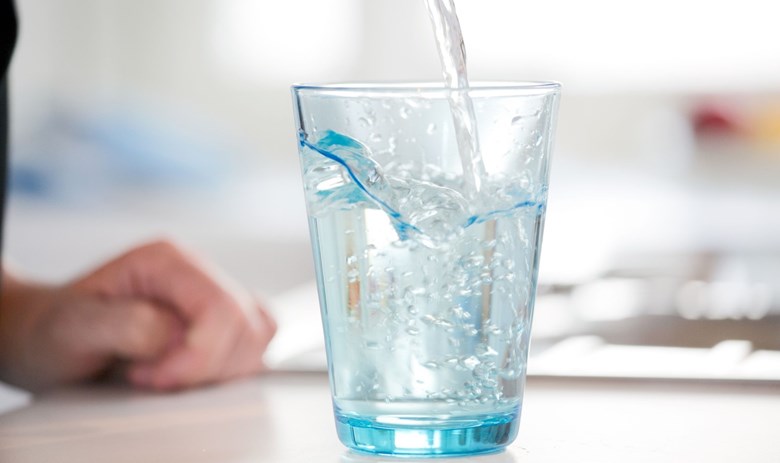Disturbances in water quality

Technical emergency duty 24 h
09 1561 3000
Before you call:
- Make sure that the fault is not due to repairs on the property.
- In the event of a fault involving hot water, please contact your property maintenance or the company responsible for district heating.
If you notice any problems with the quality of the water, let it run heavily from all taps for about ten minutes and keep an eye on changes in the water quality. If this does not improve the water quality, please contact your property manager or maintenance company to check the condition of the water coming to your building.
You can call the technical emergency number for water services to report any faults, such as water pipe leaks, water supply cuts and leaky water meters, as well as missing or defective manhole covers. You can also listen to a notification of sudden disturbances that are currently under repair.
Before you call, please make sure that the problem is not caused by repairs on your property. Please also take into account that the property owner is responsible for clearing up any lot sewer blockages.
Household water is heated in the properties’ own hot water systems. We are not responsible for heating cold household water or for any interruptions in hot water supply. In the event of a fault involving hot water, please contact your property maintenance or the company responsible for district heating.
The most common problems in water quality
Why is drinking water sometimes greyish and cloudy?
Greyish colour or milky cloudiness in water is air, which erupts from slightly warm water as small bubbles. The water will clear from bottom upwards in a few minutes, if left standing. This phenomenon is natural and harmless. It almost always occurs in hot water.
What to do when tap water is brown from time to time?
If the water is brown, let it run heavily from all taps for about ten minutes and keep an eye on changes in the water quality. If the water becomes clear after letting it run, it is safe to drink it again.
If the water does not become colourless and clear after running it, please contact your property manager or maintenance company to check the condition of the water coming to your building. During a disturbance, it is particularly important to check the water quality coming from the tap nearest to the water meter to make sure that there is nothing wrong with the water supplied to your building.
In most cases, the brown colour of the water results from iron-rich sediment loosened from the pipelines of the building. Sometimes rust can run into the water during repair work on the water supply network and water supply breaks.
Rust can stain your laundry and block the aerator nozzles fixed to the tap outlets. If the washing machine is on when a water supply break occurs, stop the machine and turn off the water tap connected to it. Do not turn on the washing machine until the tap water is colourless and clear.
What to do if there is no hot water?
The supply of hot water can sometimes be interrupted suddenly, often due to a disturbance in the property’s own heating system or the district heating network. HSY is not responsible for the supply of hot water, so in the event of a fault, you should contact your property maintenance or the company responsible for district heating.
Why does water taste bad in the morning?
The water has been standing in the building’s pipes for the whole night, and if water consumption is low in general and the pipes old, the water may taste musty due to bacterial action. Allowing the water to run for a while will help.
Why does water sometimes taste like chlorine?
A small amount (0.35–0.50 mg/l) of chlorine is added to the water pumped into the network from HSY’s water treatment plants as bound chlorine, or chloramine. Chlorine protects the microbiological quality of the water in the distribution network. Chlorine is gradually used up (oxidised) in the network, with samples taken containing 0.03–0.5 mg/l of chlorine.
The concentration is affected by the water temperature and the time spent in the network. Raw water is at its coldest in the network during winter, and chlorine is then preserved better in the distribution network than when the water is warm. Most people do not smell or taste low concentrations of chlorine, but some notice even small changes. If the smell or taste is disturbing, the water can be left standing in an open container in the refrigerator or on the table before use. Another option is to boil the water, allowing chlorine to evaporate faster.